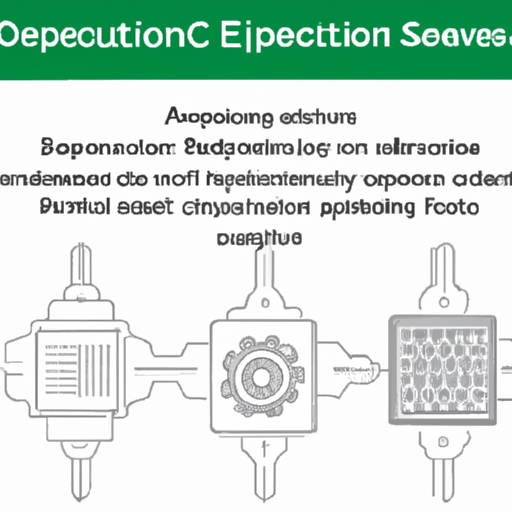Application Development in Motors, Actuators, Solenoids, and Drivers for ECS-F1HE335K: Key Technologies and Success Stories
The ECS-F1HE335K is a specific component that can be integrated into various applications involving motors, actuators, solenoids, and drivers. Understanding the key technologies and success stories associated with these devices is crucial for effective application development. Below is an overview of the relevant technologies and notable applications.
Key Technologies
| 1. Motor Technologies | |
| 2. Actuators | |
| 3. Solenoids | |
| 4. Drivers | |
| 5. Control Systems | |
| 1. Robotics | |
| 2. Automotive Applications | |
| 3. Industrial Automation | |
| 4. Consumer Electronics | |
| 5. Medical Devices |
Success Stories
Conclusion
The development of applications involving motors, actuators, solenoids, and drivers, such as the ECS-F1HE335K, is driven by technological advancements and the increasing demand for automation and precision across various industries. Success stories in robotics, automotive, industrial automation, consumer electronics, and medical devices underscore the versatility and significance of these components in modern applications. As technology continues to evolve, further innovations and applications in this field are anticipated, paving the way for enhanced performance and new capabilities.






